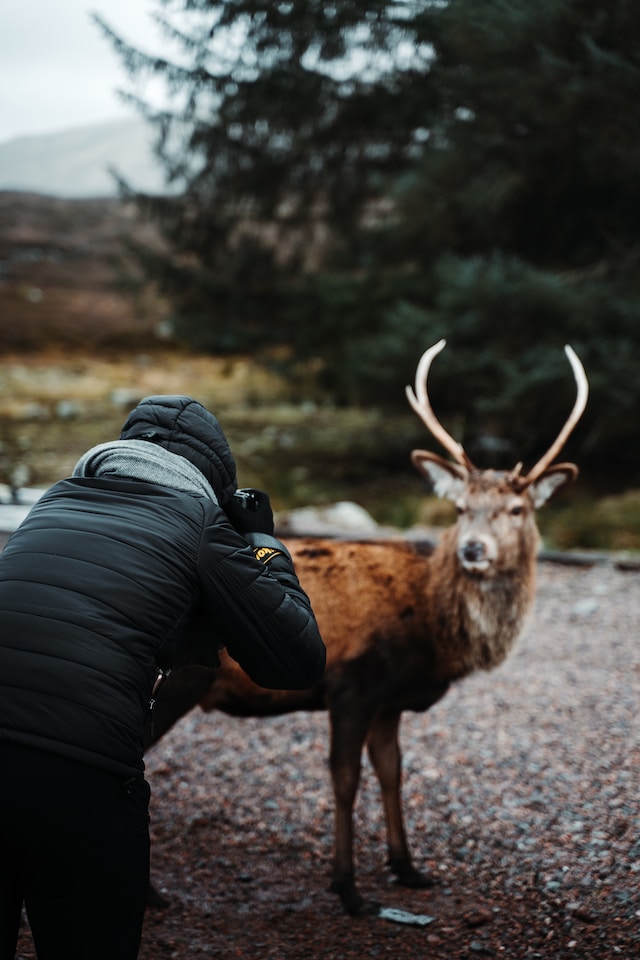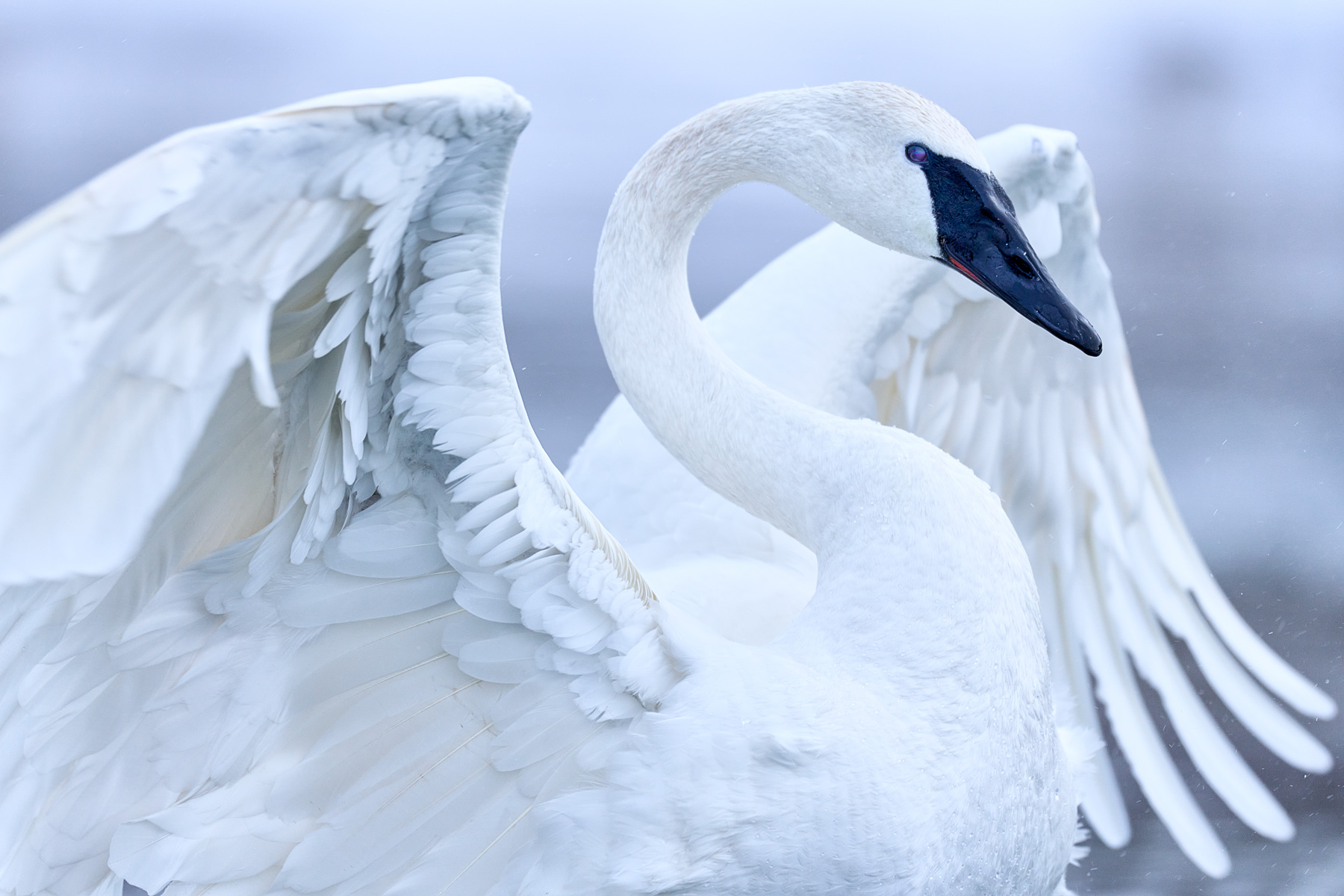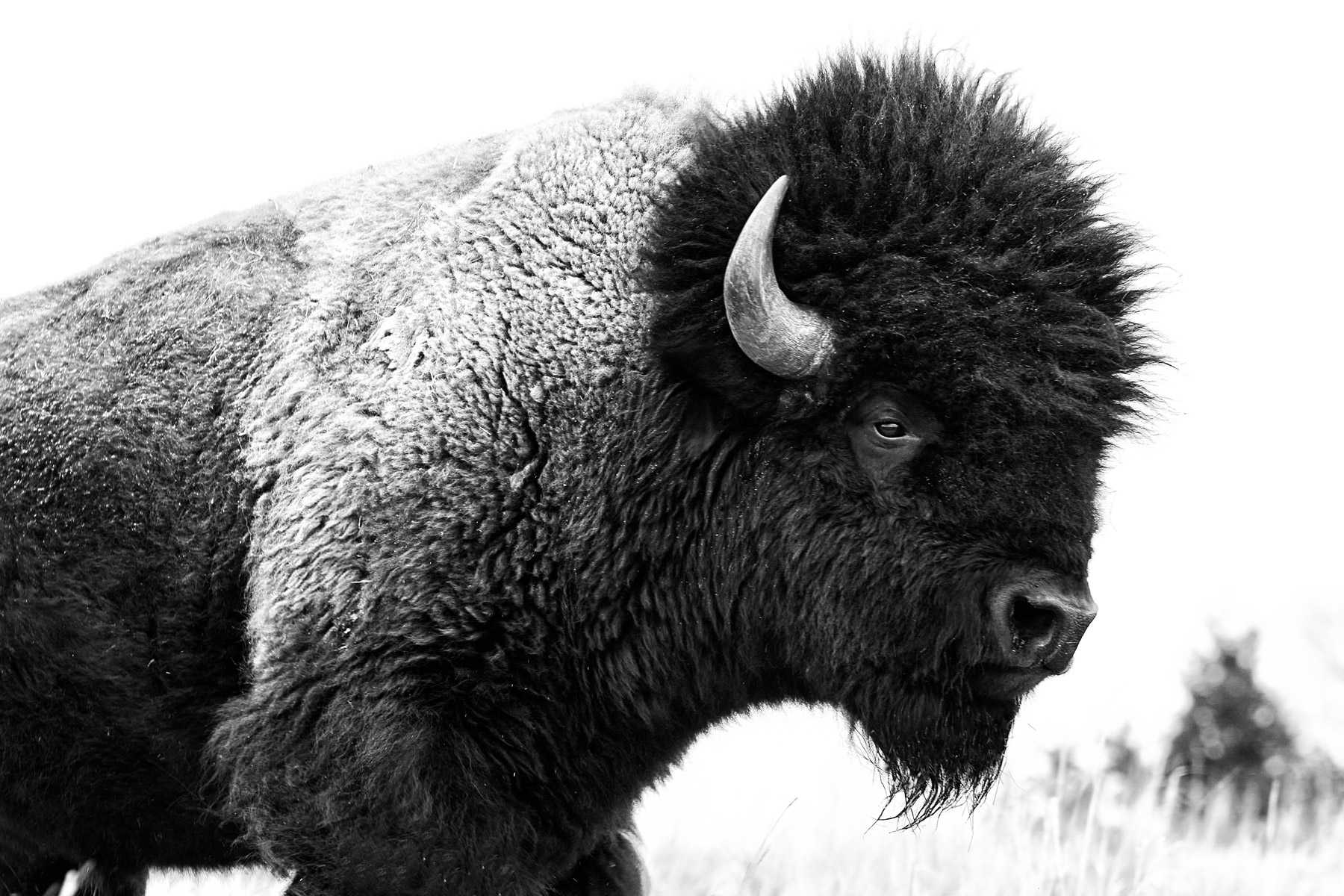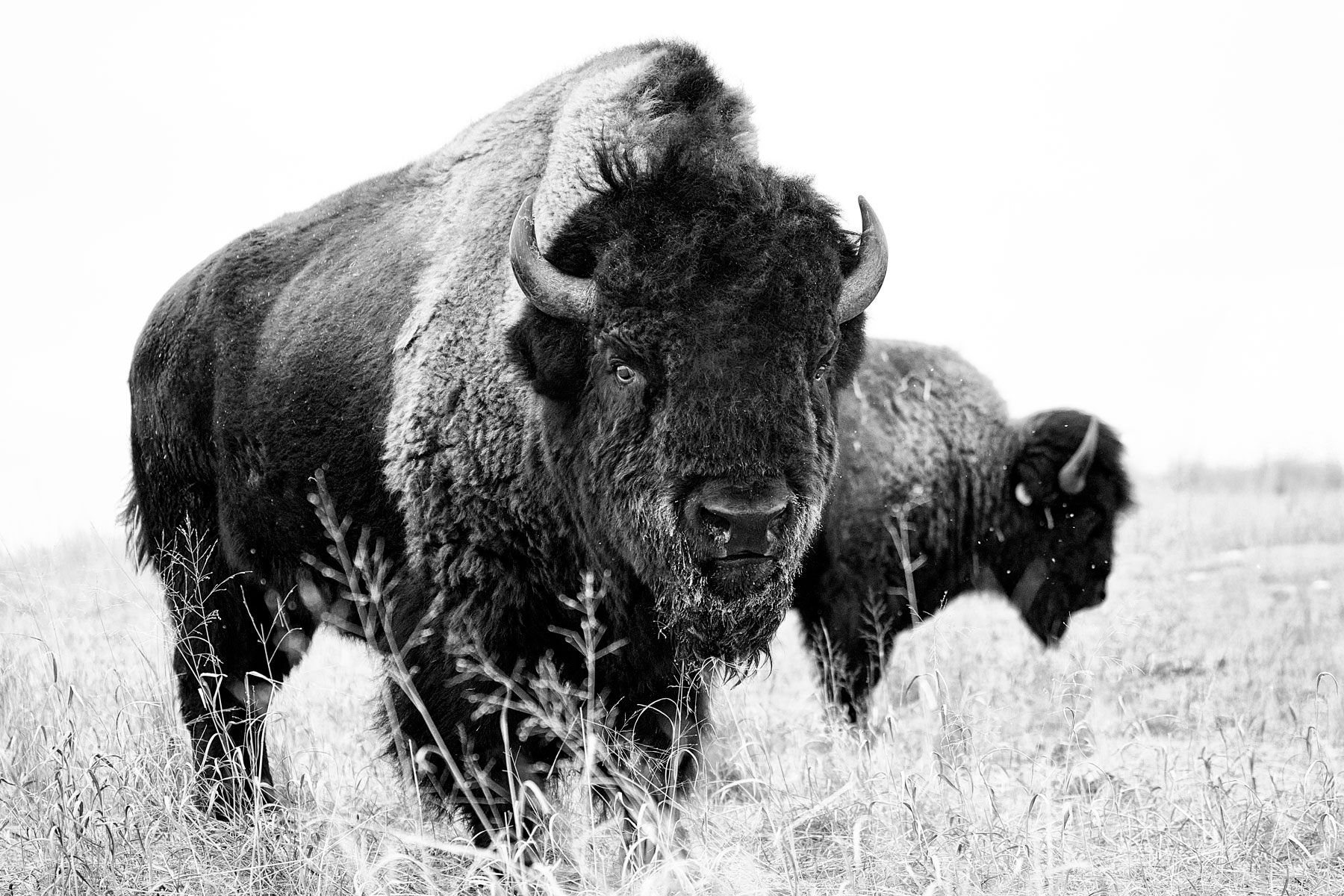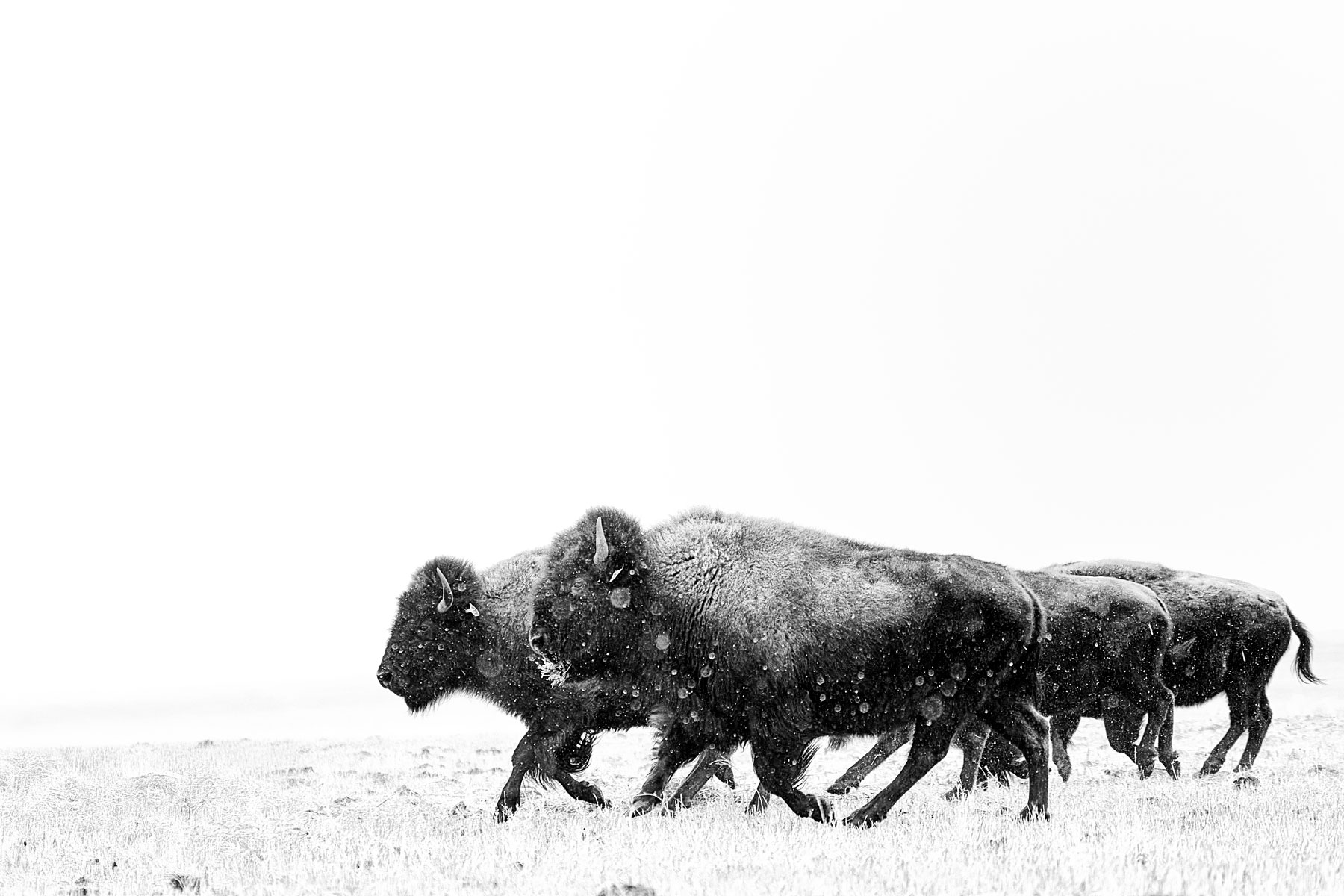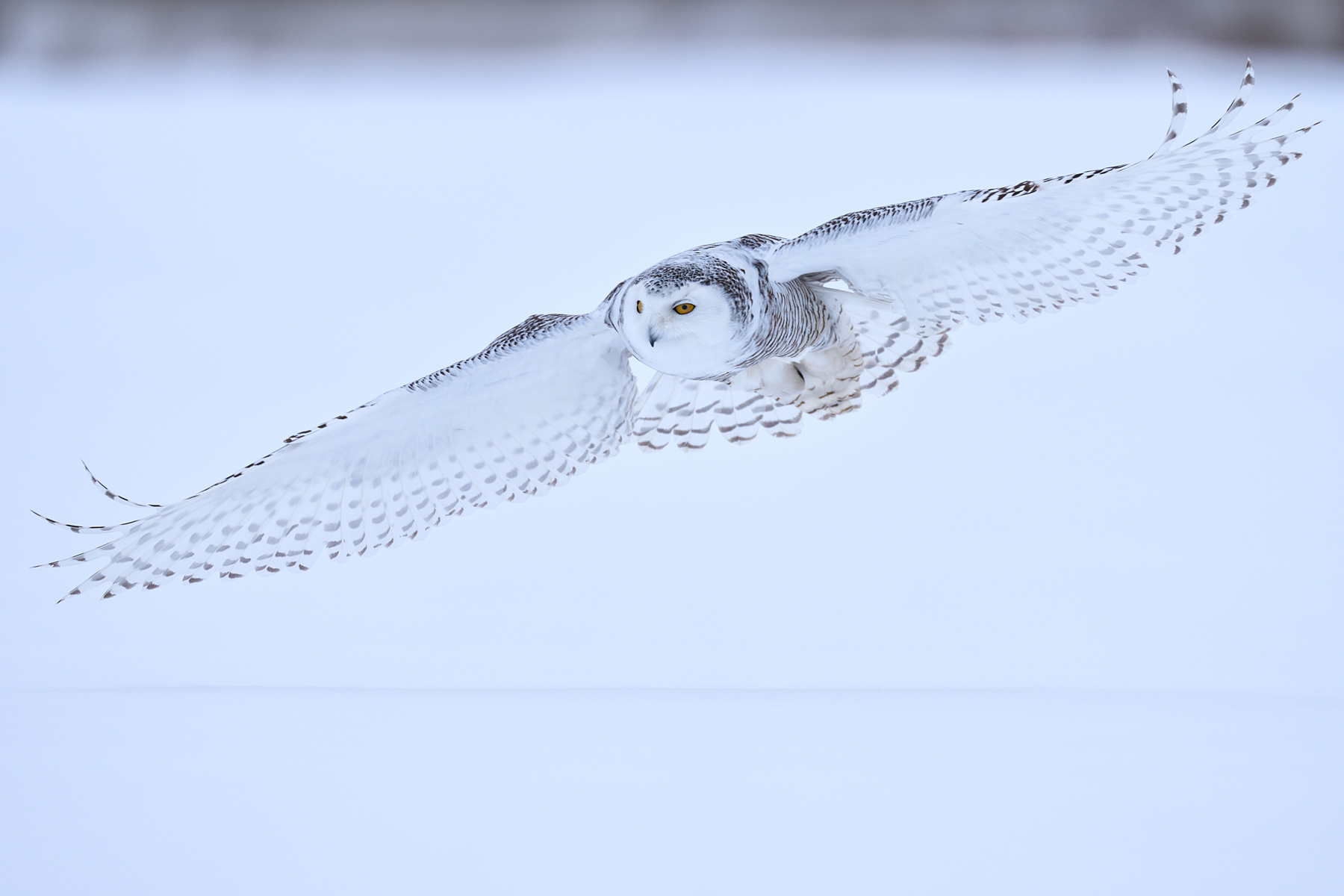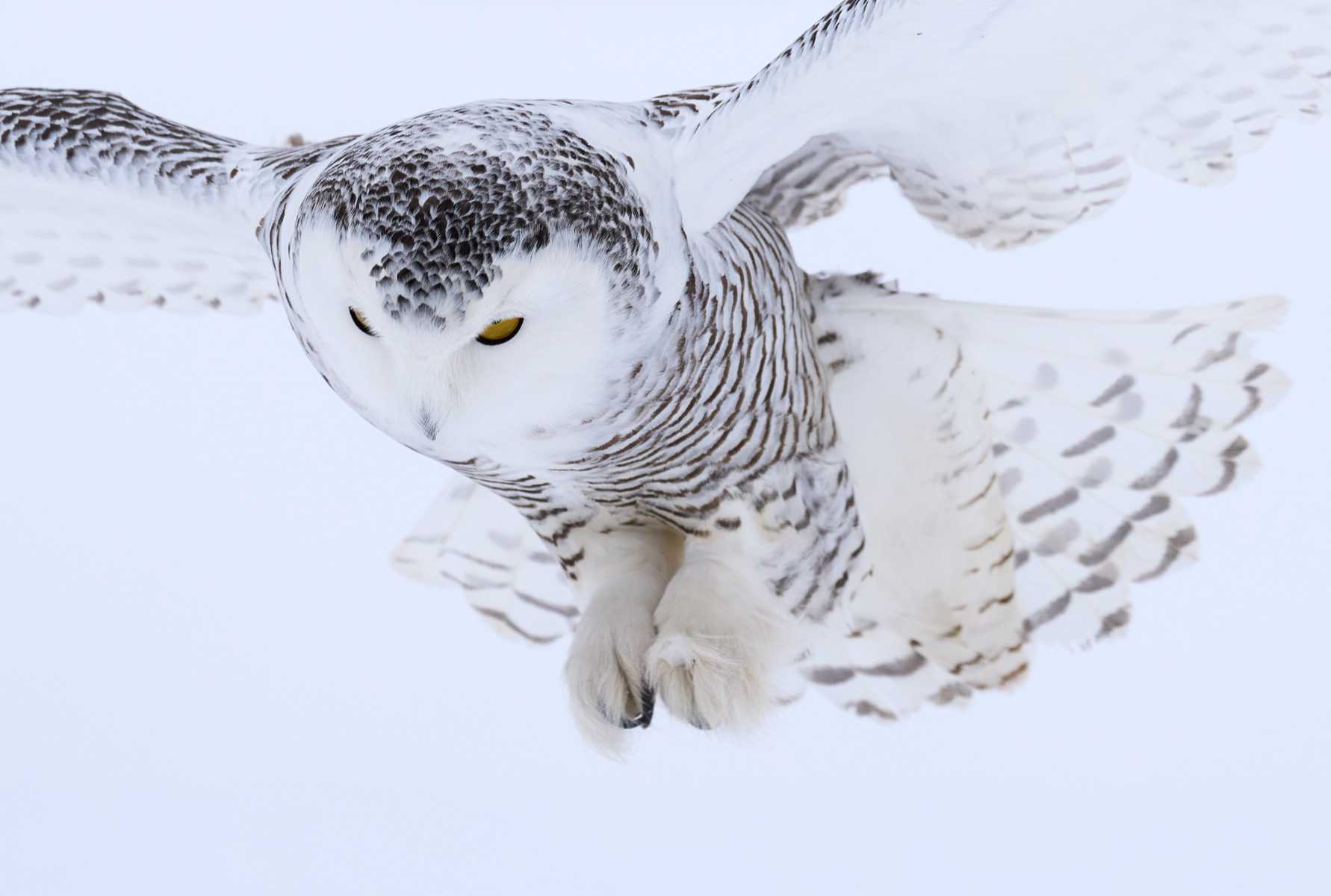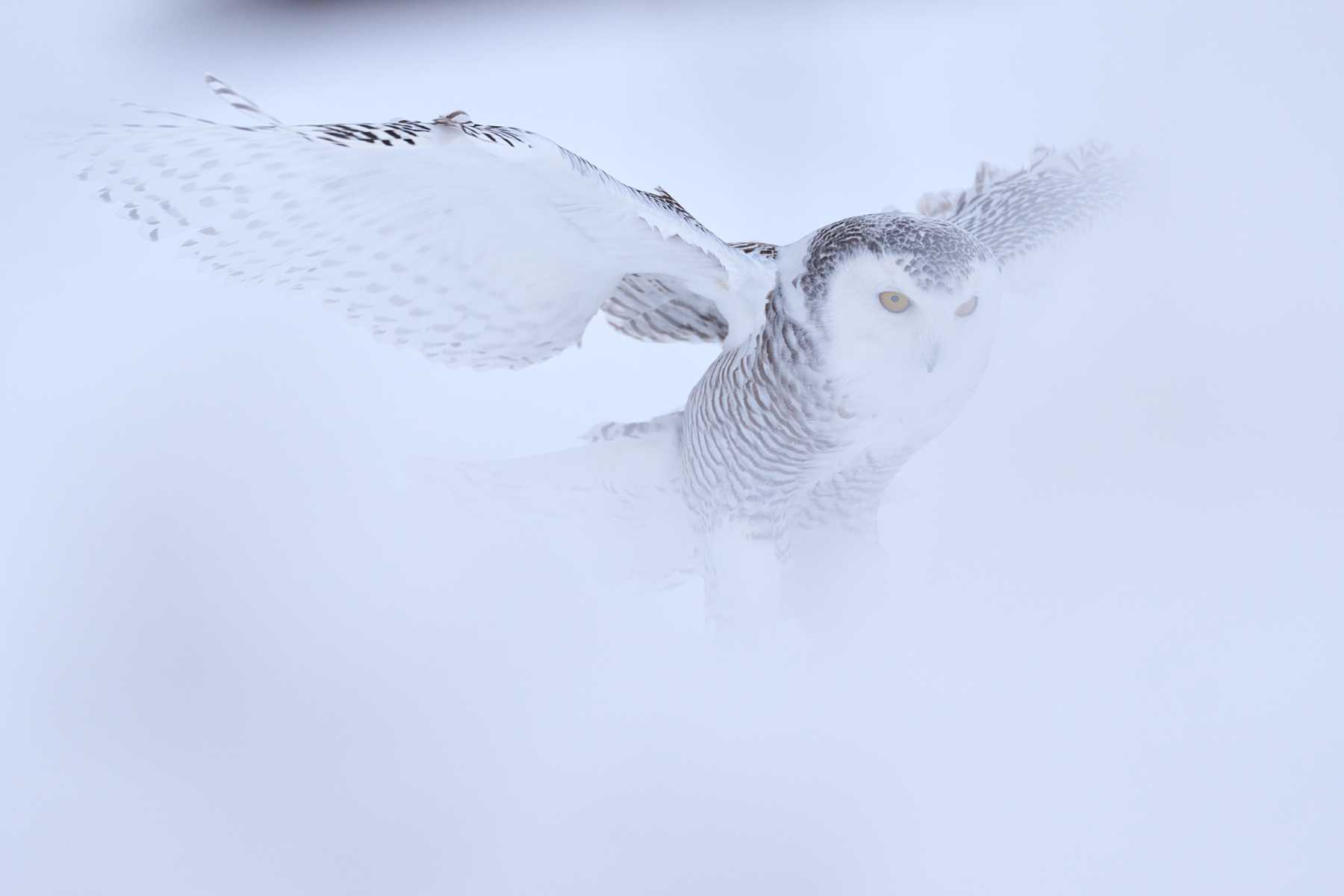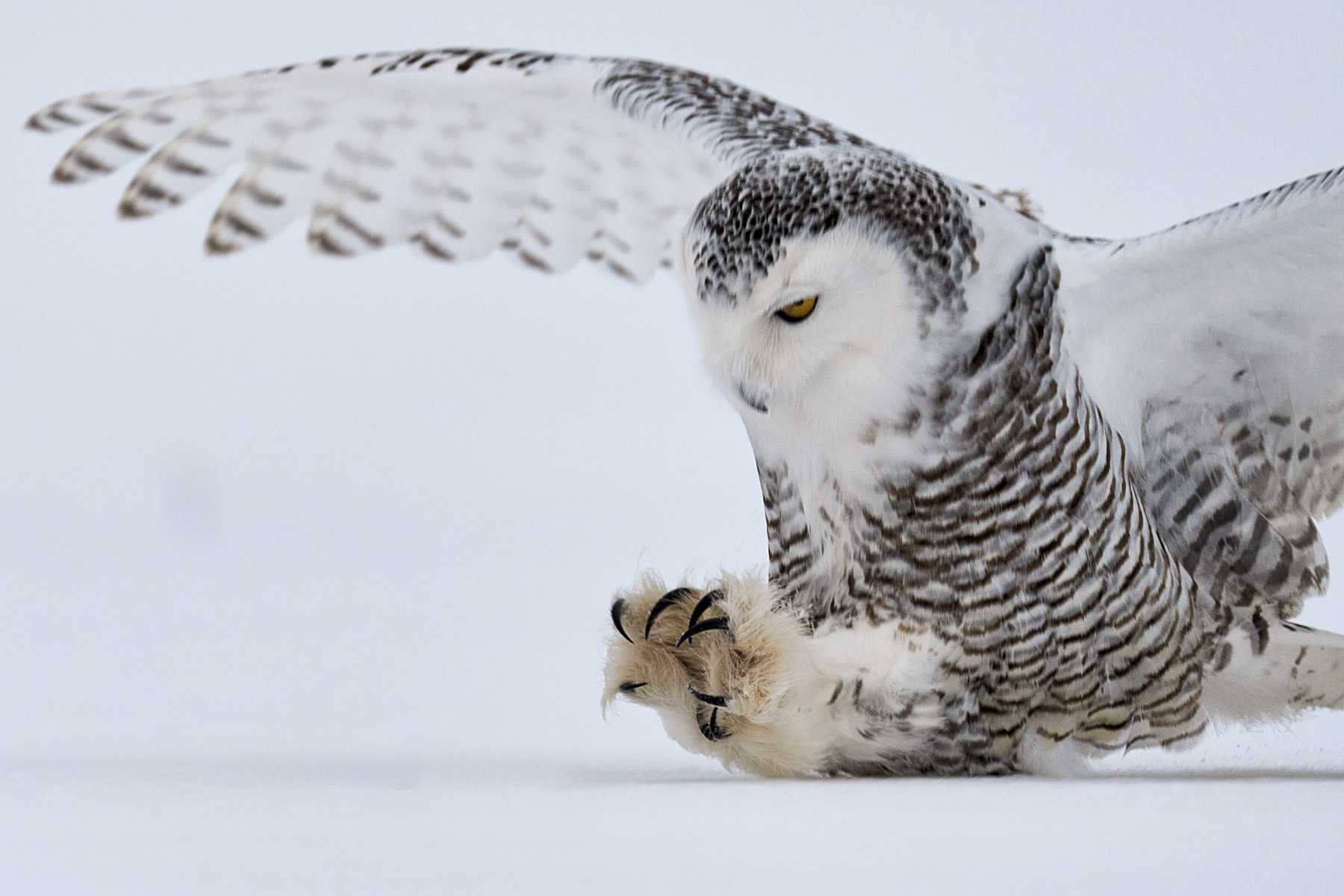Introduction
Imagine transforming your home or office into a serene sanctuary with breathtaking moments of wildlife captured in exquisite fine art photography. As a collector of wildlife fine art photography, you not only enhance your space aesthetically but also experience the emotional benefits of connecting with nature’s beauty. Let us guide you through this journey, helping you select timeless pieces that resonate with your passion for wildlife and elevate your surroundings.
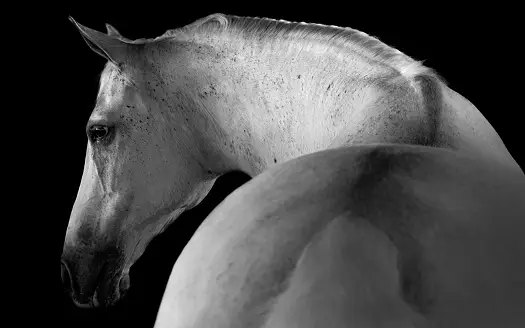
Understanding Wildlife Fine Art Photography
Wildlife fine art photography is more than just images; it’s an emotional experience. These artworks combine the raw beauty of nature with the sophistication of high fashion photography, creating pieces that evoke deep emotions and tell compelling stories. Each black and white photograph captures the essence of wildlife, offering you a unique visual experience that transcends mere representation.
The Artistic and Emotional Value of Wildlife Fine Art Photography
The true value of wildlife fine art photography lies in its ability to blend artistic techniques with emotional impact. By utilizing light, shadows, contrast, and composition, photographers create images that stir feelings of awe and tranquility. The timeless appeal of black and white photography draws attention to intricate details and dramatic lighting, enhancing the overall aesthetic and emotional impact of the artwork. These elements make wildlife fine art photography a valuable addition to any home or office décor, providing a daily connection to the natural world.
Building Your Collection: Factors to Consider
When starting your collection of wildlife fine art photography, it’s essential to consider factors such as style, technique, subject matter, and rarity. These elements ensure that the pieces you choose not only beautify your space but also resonate with your emotional and aesthetic sensibilities.
Style and Technique
Understanding the various styles and techniques used in wildlife fine art photography helps you select pieces that align with your taste. From portrait photography to creative photorealism and photojournalism, each style offers unique perspectives on wildlife imagery. Techniques like long exposure, panoramic shots, and macro photography add depth and value to the pieces, allowing you to appreciate the skill and artistry involved.
Subject Matter
The subjects of wildlife fine art photography, such as lions, tigers, bears, wolves, and exotic birds, play a significant role in the artwork’s appeal. Choose subjects that evoke a personal connection and complement your interior design. The emotional bond between the subject and the viewer enhances the overall impact of the photograph, making your space feel more inviting and inspiring.
Editions and Rarity
Limited edition prints are often more valuable than open editions due to their exclusivity. Collecting rare prints can be considered an investment, as their limited availability can increase their value over time. Select artwork that not only appeals to you aesthetically but also holds potential for appreciation in value, providing you with both emotional satisfaction and financial benefit.
Researching and Discovering Wildlife Fine Art Photographers
To find and become acquainted with skilled wildlife fine art photographers, utilize various resources and platforms.
Online Resources
Explore wildlife fine art photography through websites and platforms like Londolozi, Moose Peterson’s Wildlife Photography, and Nature Photographers Network. Social media channels like Instagram and 500px also offer a way to discover and interact with photographers, allowing you to stay updated on their latest works and exhibitions.
Galleries and Exhibitions
Attending art shows, galleries, and photography fairs provides an opportunity to view a wide range of artwork in person. Renowned galleries such as Nature’s Wonders, Shaun Terhune Gallery, and Lik Gallery showcase impressive nature photographs. These events also offer a chance to connect with photographers and industry professionals, enhancing your understanding and appreciation of the art form.
Networking with Other Collectors
Joining online communities like Wildlife Photography Forums and attending industry events can help you connect with other collectors. These interactions provide valuable insights and recommendations for building your collection, ensuring you make informed and emotionally fulfilling choices.
Curating and Displaying Your Wildlife Fine Art Photography Collection
Creating a Cohesive Collection
Maintain thematic consistency by organizing your photographs into categories, such as major classifications of animals. Vary the orientation and size of the pieces while keeping color schemes and frame styles consistent to create a unified and visually appealing display. This approach not only enhances the aesthetic appeal but also provides a harmonious and emotionally uplifting environment.
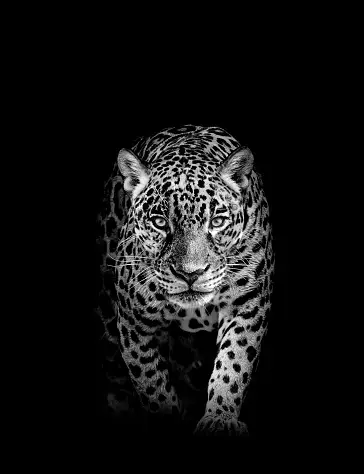
Display Techniques and Considerations
Consider various display techniques, such as metal prints, acrylics, framed works, and albums, to showcase your collection. Proper lighting and color choices for the walls are crucial in highlighting the artwork. Soft, natural lighting works best, while wall colors should complement the photographs to enhance their beauty and emotional impact. By thoughtfully displaying your collection, you create a space that reflects your love for nature and art, offering a daily source of inspiration and tranquility.
Protecting and Maintaining Your Collection
Proper storage and display are essential to maintaining the quality and value of your wildlife fine art photography collection. Use acid-free archival boxes or sleeves for storage and UV glass frames for display. Regular cleaning with a soft microfiber cloth will help keep the prints pristine, ensuring your collection remains a cherished and lasting part of your home or office.

Summary
By curating a wildlife fine art photography collection, you honor your passion for nature and the artistry of photography. Understanding the background and aesthetic significance, considering key factors in selection, and properly curating and displaying your collection will create a visually striking and emotionally meaningful showcase of wildlife’s breathtaking beauty. Enhance your home or office décor with pieces that inspire and connect you to the natural world, providing both aesthetic pleasure and emotional enrichment.
Frequently Asked Questions
Can you make money from wildlife photography?
While many photographers earn an income from selling stock images, the focus for collectors should be on the aesthetic and emotional value of the artwork.
How do you get into wildlife photography?
For aspiring photographers, understanding photography basics, having the right gear, and learning about animal behavior are crucial steps. However, collectors should focus on appreciating and acquiring high-quality pieces.
Do fine art photographers make money?
Yes, fine art photographers can generate income through their craft, but collectors should prioritize the artistic value and emotional impact of the photographs.
What is an art collector called?
An art collector is often referred to as a connoisseur, someone who selects artworks based on their aesthetic and cultural value.
What techniques do wildlife fine art photographers use to capture stunning images?
Wildlife photographers use various techniques, including long exposure, macro shots, and panoramic compositions, to create stunning wildlife fine art photography.
By following this guide, you can become a knowledgeable collector of wildlife fine art photography, enhancing your home or office with beautiful, inspiring artwork that offers both aesthetic and emotional benefits.

